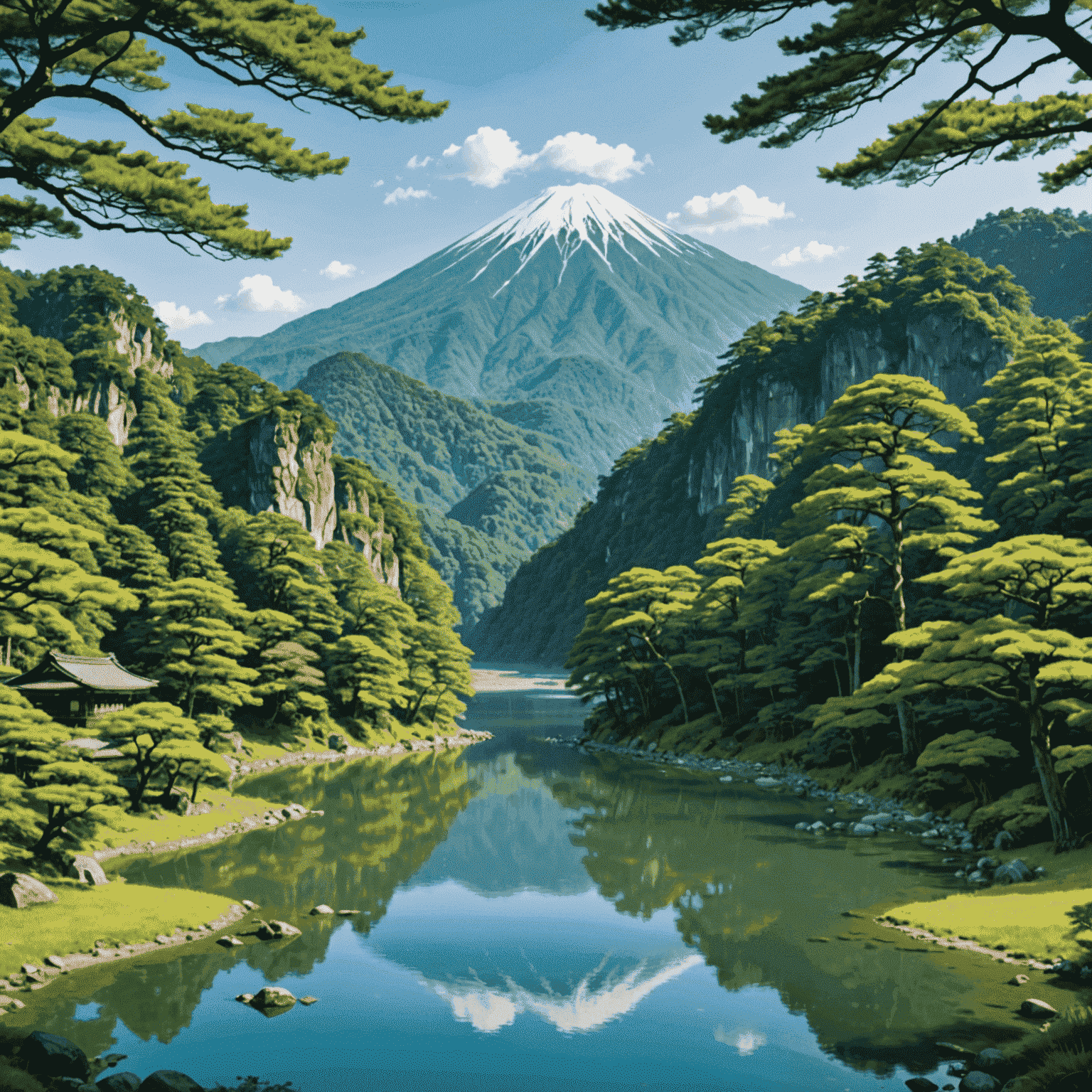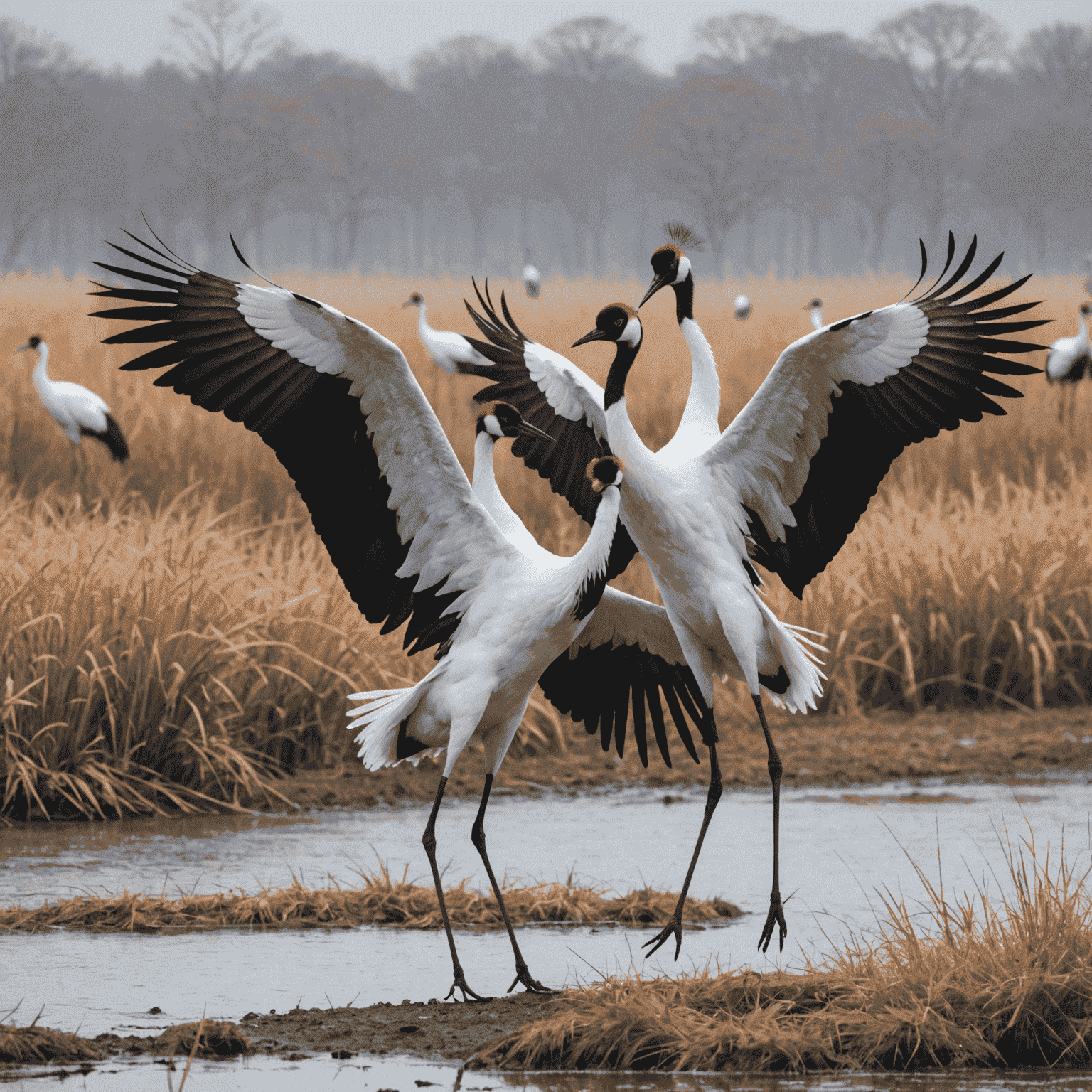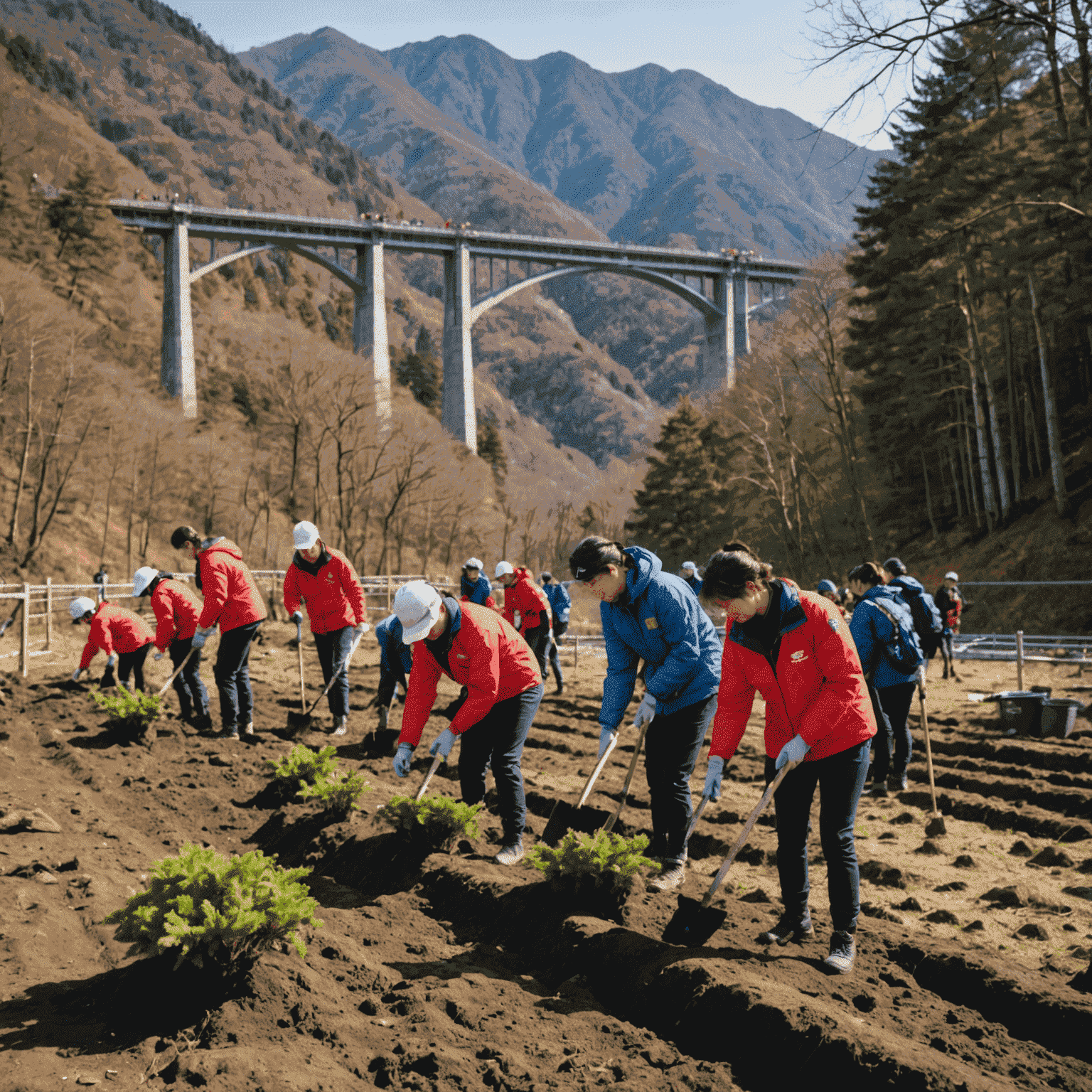Wildlife Conservation Efforts in Japanese National Parks

Japan's national parks are home to a diverse array of wildlife, from the iconic red-crowned crane to the elusive snow leopard. As responsible ecotourists, it's crucial to understand and support the ongoing conservation efforts that protect these precious ecosystems. Let's explore some of the key initiatives currently underway in Japan's stunning natural reserves.
1. Red-crowned Crane Conservation in Kushiro Wetland

The Kushiro Wetland in Hokkaido is a critical habitat for the endangered red-crowned crane. Conservation efforts here focus on habitat restoration, artificial feeding programs during harsh winters, and educational initiatives to raise awareness among locals and visitors. These majestic birds, once on the brink of extinction, are now making a comeback thanks to these dedicated efforts.
2. Marine Life Protection in Okinawa

The coral reefs surrounding Okinawa are some of the most biodiverse in the world. Conservation projects here include coral reef restoration, sea turtle nesting site protection, and the establishment of marine protected areas. Ecotourists can participate in guided snorkeling tours that educate about the importance of these fragile ecosystems while ensuring minimal impact on the marine environment.
3. Japanese Macaque Research in Jigokudani Monkey Park

The famous snow monkeys of Jigokudani Monkey Park in Nagano Prefecture are the subject of ongoing research and conservation efforts. Scientists study their unique behavior, social structures, and adaptation to changing climates. Visitors can observe these fascinating primates while learning about the importance of preserving their natural habitat.
4. Reforestation Projects in Nikko National Park

Nikko National Park, known for its breathtaking landscapes and historic shrines, is also the site of important reforestation efforts. These projects aim to restore areas affected by natural disasters and human activity. Ecotourists can participate in tree-planting activities, contributing directly to the park's biodiversity and helping to combat climate change.
How You Can Support Conservation as an Ecotourist
- Choose eco-friendly accommodations that prioritize sustainability
- Participate in guided tours led by certified naturalists
- Follow park rules and stay on designated trails to minimize impact
- Support local conservation organizations through donations or volunteer work
- Practice responsible wildlife viewing by maintaining a safe distance and not feeding animals
- Reduce your carbon footprint by using public transportation when possible
By engaging in responsible ecotourism, we can all play a part in preserving Japan's incredible biodiversity for future generations. Remember, every small action counts in the grand scheme of conservation. Let's explore and protect these natural wonders together!